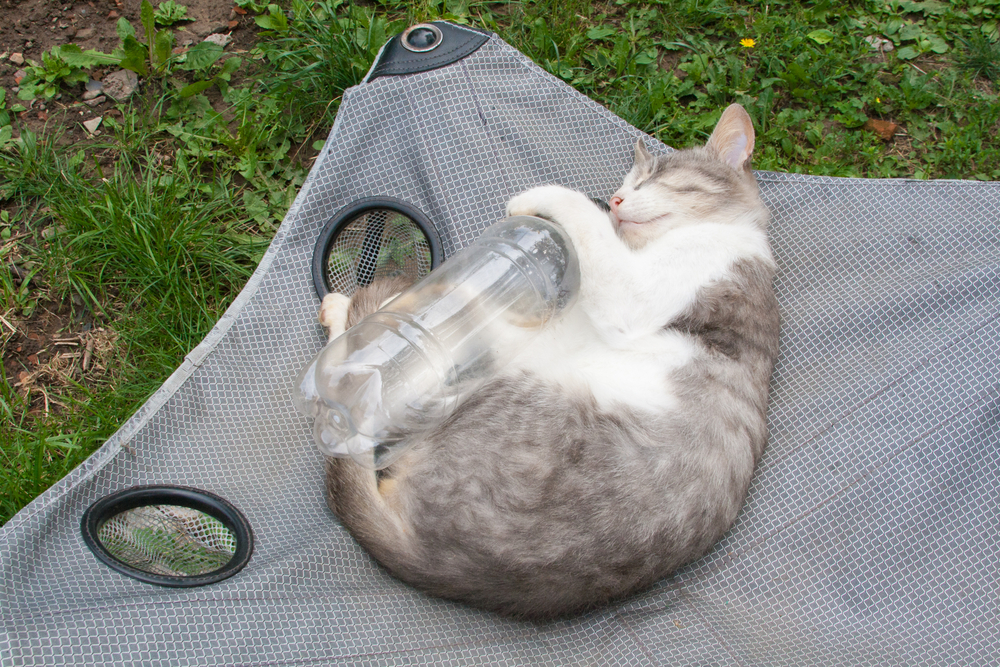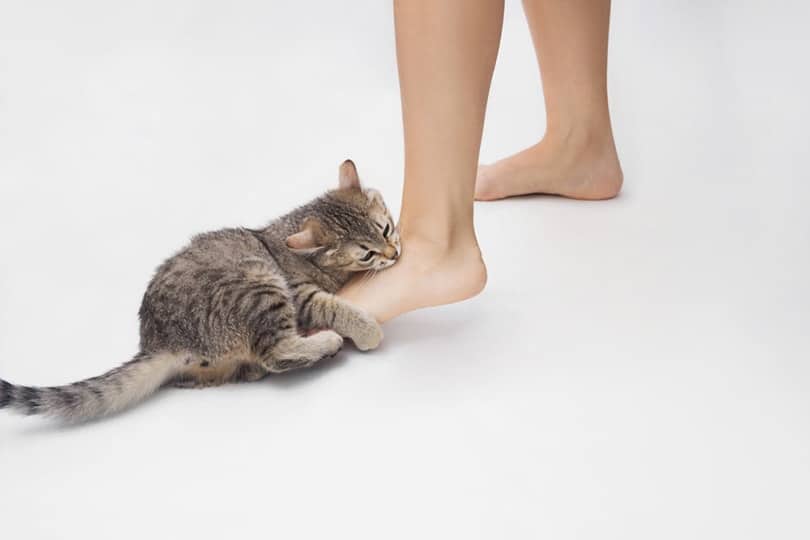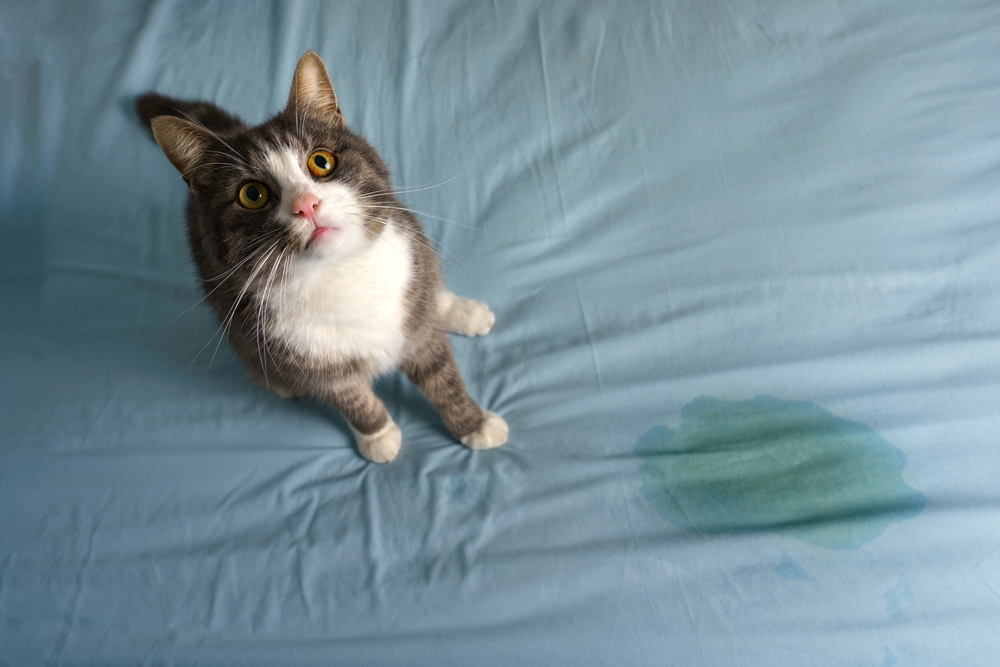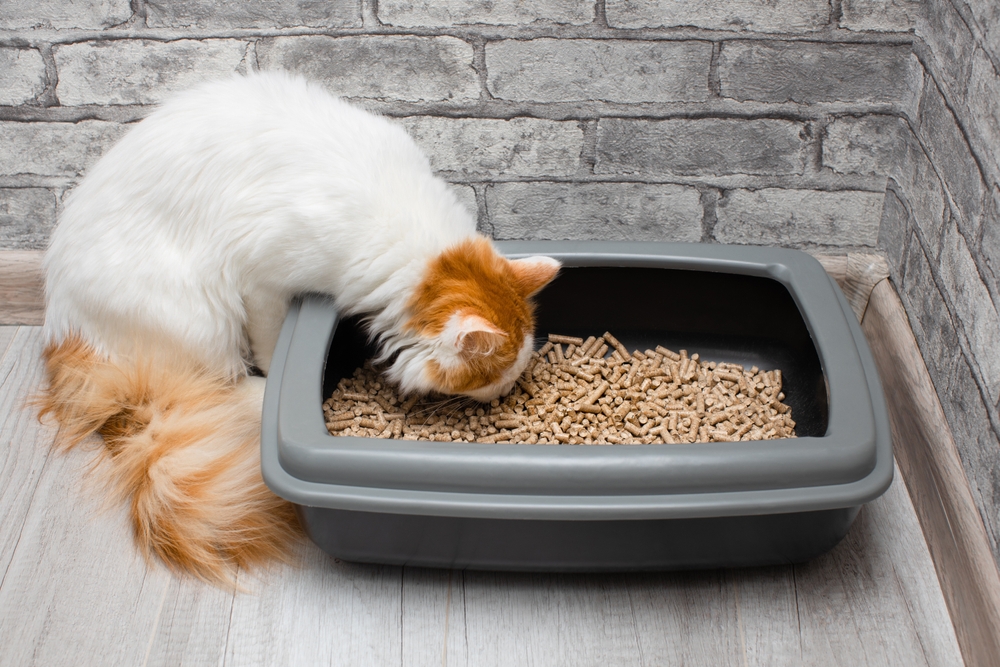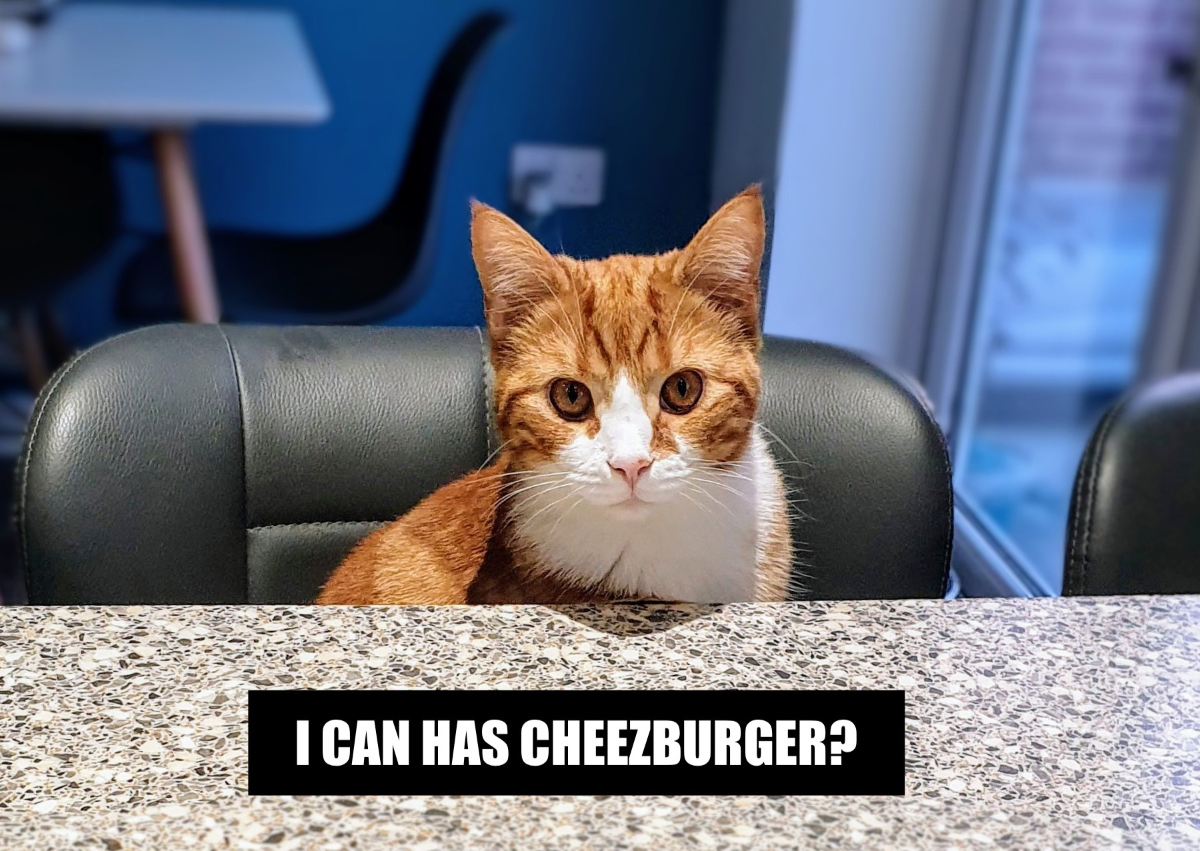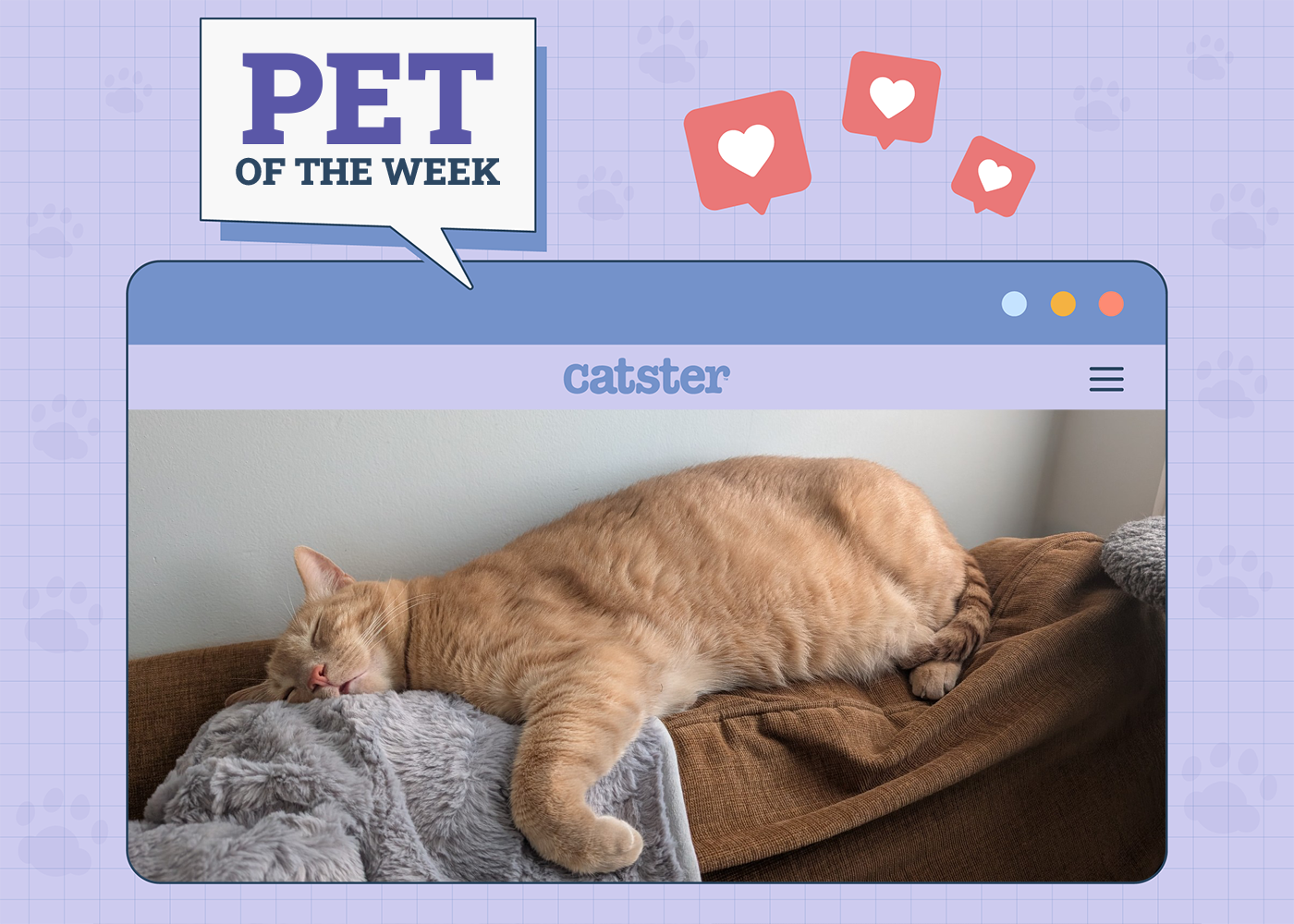Cats are intrigued by objects that make a crisp, crackling sound. Something about their curious personalities makes the compelling sound of a crinkly toy irresistible, much like how they’ll clamor to the chime of a bell. But why, out of all the things your cat could possibly be enamored with, do they come to the tin of rumpled plastic? While we can’t fully explain your cat’s mysterious ways, here are five possible reasons why cats like crinkly things.

The 5 Reasons Why Cats Like Crinkly Things
1. Unusual Sound
Your feline’s ears are tuned into the world around them. Cats can hear as high as 85,000 Hz1, which is about three times as much as we can hear. They can notice every slight movement of the breeze blowing outside and often respond to noises we can’t even detect. The crinkly toy intrigues them because it’s a distinct sound. Interestingly, some cats detest the sound of aluminum foil. Although it sounds similar to our ears, it’s a much higher pitch that may hurt their ears.
2. Crinkly Noises Can Mimic Natural Prey
The crackle of a crinkle toy may resemble the chirps of mice and crickets. Crinkle toys may trigger your cat’s predator instinct, even if they’ve never gone outside.
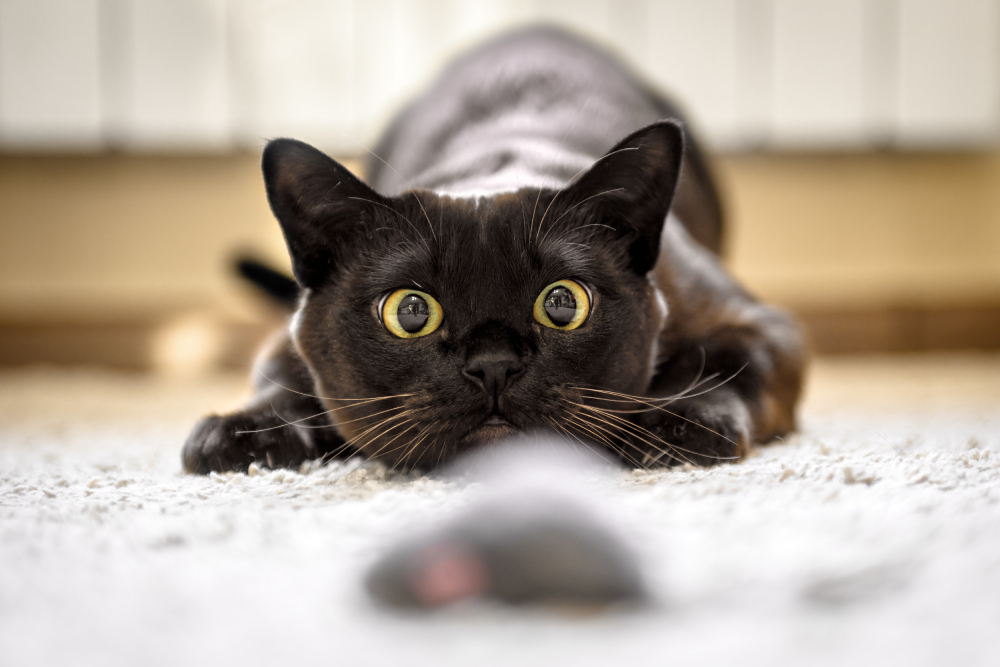
3. They Know It Means Food
Does your cat’s favorite treat arrive in a flashy plastic bag that makes noise? Cats are clever creatures who make quick associations. If they mostly hear the noise whenever they’re about to be fed, they’ll come running to see if they can score a snack. In fact, even if you don’t give it much thought, you may have a similar reaction when you hear someone opening a bag of chips.
4. Cats Crave Attention
Crinkly toys can be very loud. If you’ve been distracted by your cat and there are no vases nearby, they might try to make as much noise as possible to draw your attention.
5. Some Cats Have a Strange Attraction to Plastic
For reasons unknown, some cats have a knack for chewing on plastic. Whether they’re attracted to the crinkly sound or the interesting texture, we’ll never know. Please make sure your cat isn’t actually ingesting the plastic because that can cause an intestinal blockage.
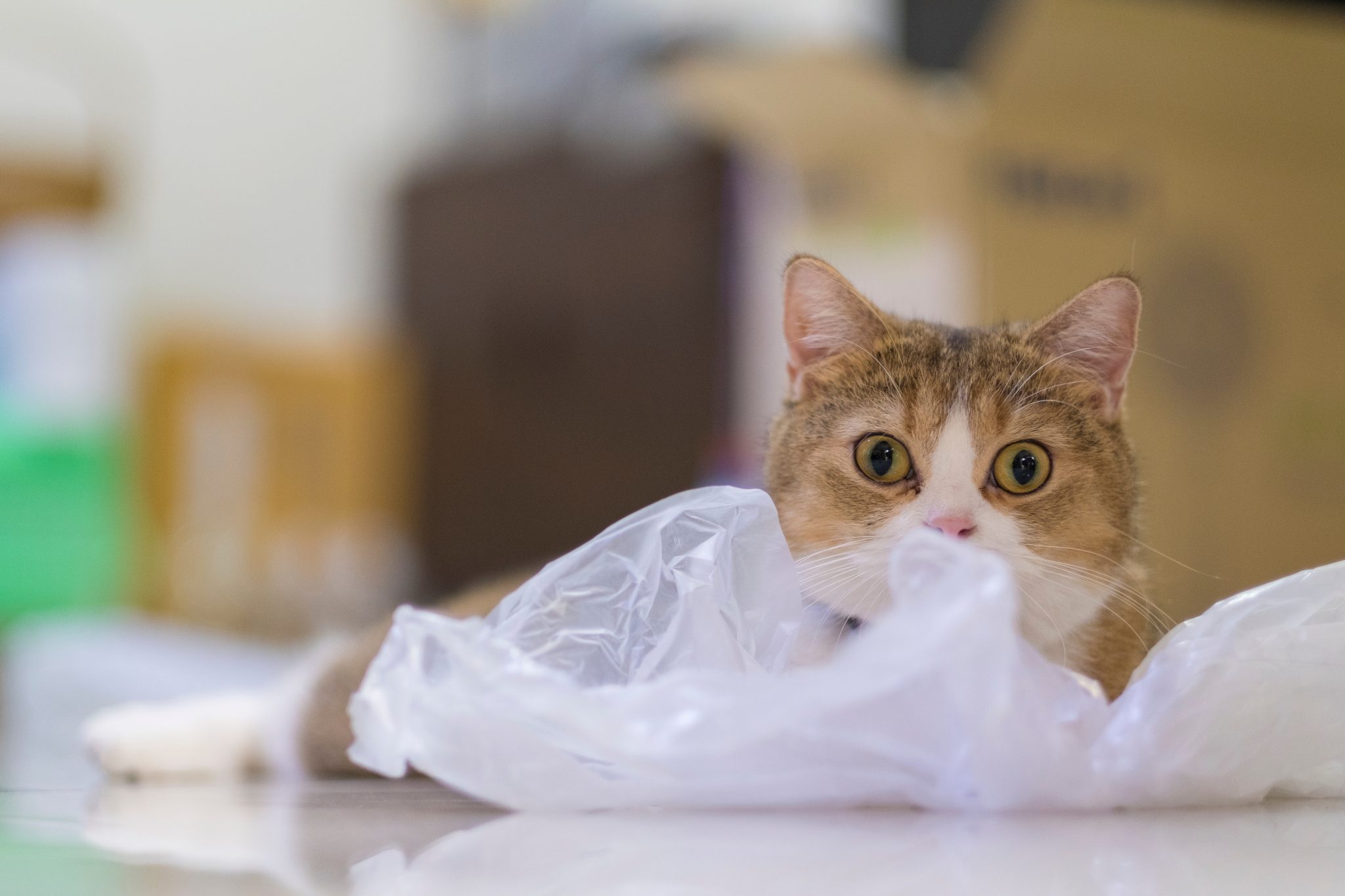

Are Crinkly Toys Safe for Cats?
You know your cat and their capabilities for destruction, so just because a toy is marked for cats doesn’t mean it’s safe for your kitty. In general, crinkly toys are usually safe so long as they don’t have any dangling pieces that are easy to break off and swallow, such as yarn or tinsel. You’ll need to inspect the crinkle toy periodically, however, to make sure they haven’t pierced through the lining because they don’t need to eat the crinkle foil inside.
If you’re craft-savvy, you might want to make your cat a DIY crinkle tunnel. They can crawl through or wrestle with the soft collapsible walls as they engage with the crackling sound they love.

Conclusion
Whatever the answer may be as to why cats likes crinkly sounds, it seems to be a natural response that’s almost universal. While most crinkle toys are considered safe, make sure that your cat doesn’t eat any of the crinkle foil or plastic of any sort since that can cause a dangerous GI obstruction.
Featured Image Credit: TalyaPhoto, Shutterstock

